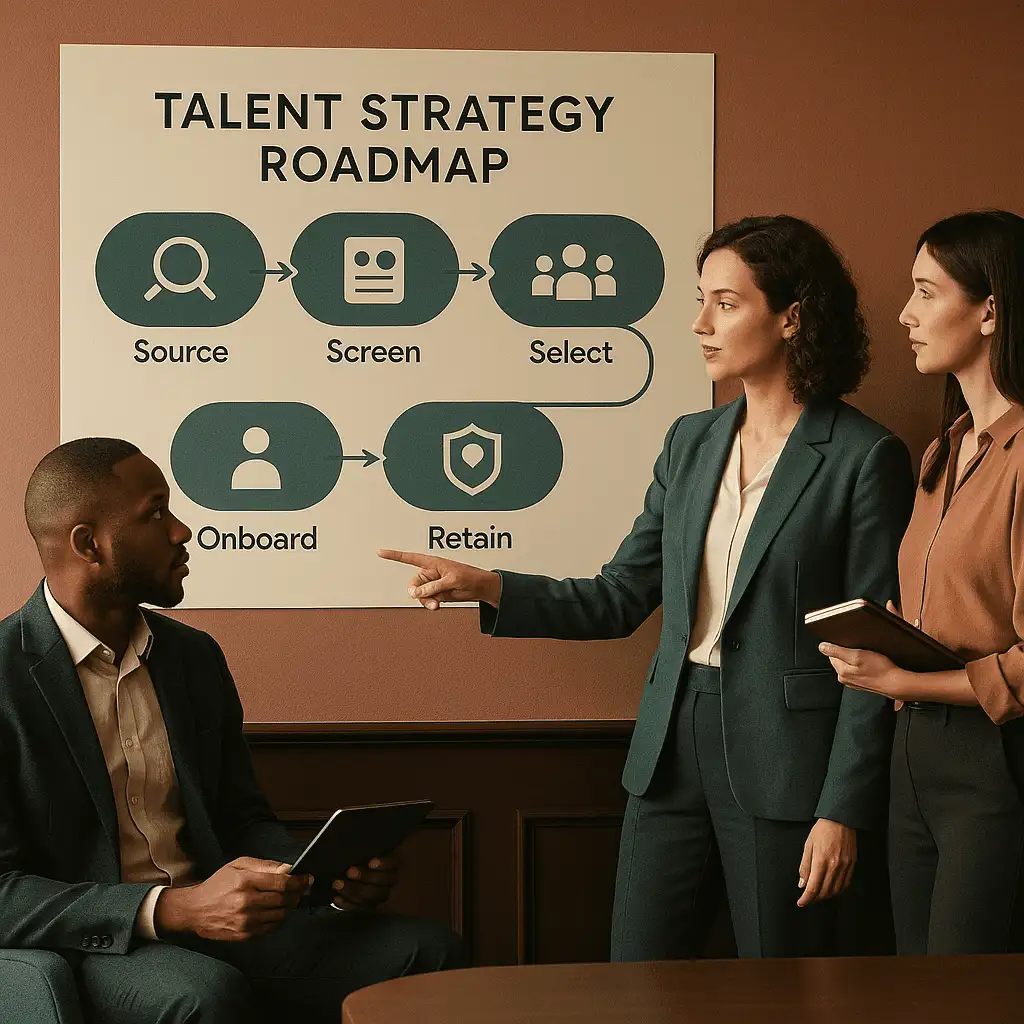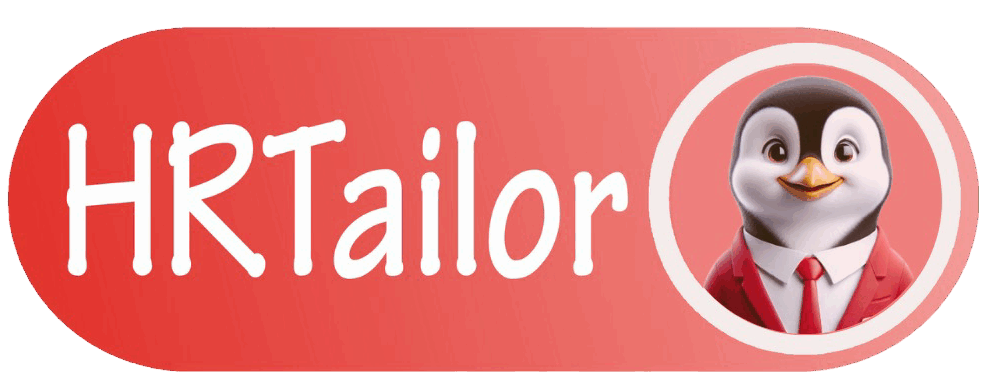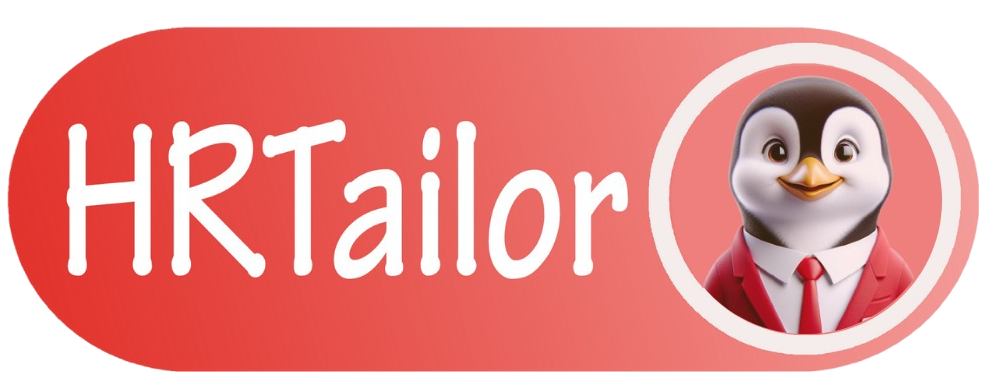
Why Most Talent Acquisition Strategies Don’t Work After 100 Employees
As organizations grow past the 100-employee mark, their Talent Acquisition Strategies frequently lose effectiveness. What once worked for small teams starts falling short: candidate quality dips, hiring timelines stretch, and cultural fit weakens. Meanwhile, recruiting costs escalate—without better outcomes.
So, why does this tipping point matter, and how can scaling companies avoid the pitfall?
1. One-Size-Fits-All Hiring Doesn’t Scale
At first, it’s easy to use the same job descriptions, interview templates, and sourcing channels. However, as roles diversify, rigid hiring templates struggle to capture varied skill sets and seniority levels. In turn, candidates feel misunderstood and may drop out. Therefore, recruiting needs to become more nuanced, with tailored messaging, customized assessments, and channel-specific branding.
2. Sourcing Channels Need to Evolve
Initially, referrals and general job boards produce reasonable results. Yet beyond 100 employees, these channels become crowded and less effective. Without moving into niche job platforms, industry-specific communities, or passive candidate search, recruitment stalls. Consequently, broad sourcing becomes inefficient, and strategic outreach becomes essential.
3. Interview Workflows Get Cumbersome
Informal hiring processes start to strain when multiple interviewers weigh in. Feedback loops slow down, and hiring bias creeps in—especially when roles require cross-functional collaboration. Without structured scoring or role-specific interview guides, decision-making becomes unclear. Instead, teams need streamlined interview workflows, standardized evaluation rubrics, and training on bias awareness.
4. Onboarding Becomes a Bottleneck
When a company is small, onboarding is personal and informal. However, hiring at scale reveals gaps: new hires may miss key introductions, lack cultural context, or face inconsistent ramp-up plans. Unaddressed, this leads to low retention and disengagement. That’s why scalable onboarding systems—structured buddy programs, digital learning, and performance checkpoints—are critical after the 100-employee threshold.
5. Employer Brand Must Shift
At small size, word of mouth and internal culture promote referrals naturally. But as the team grows, brand perception becomes inconsistent. Teams in different locations may project differing narratives, confusing candidates. Therefore, building a cohesive employer brand with clear storytelling, consistent messaging, and location-specific customization is vital.
6. Data and Predictive Hiring Become Crucial
When hiring volumes remain low, manual tracking seems straightforward. But as volumes increase, turnover trends, time-to-hire metrics, and candidate-source conversion rates become essential signals. Without recruitment analytics, teams remain reactive. They need to leverage data dashboards that surface hiring bottlenecks and performance across roles and sources.
7. Hiring Needs a Dedicated Team, Not Just a Function
Once hiring exceeds a couple dozen roles per year, recruitment becomes a full-fledged function—not an HR sidebar. That means assigning dedicated recruiters, especially for strategic roles, and embedding them in business planning cycles. Recruitment leaders must partner with department heads to define headcount plans, forecast skills needs, and build proactive talent pipelines.
The Hidden Pivot: Evolving Hiring Strategy After 100 Employees
If your team has grown beyond 100 but your hiring still feels like it did at 20, it’s time for a shift. At this stage, scalable talent acquisition isn’t just about volume—it’s about structure, clarity, and long-term fit. Companies that fail to evolve risk losing alignment, speed, and the ability to attract quality candidates. Yet the most effective hiring doesn’t happen in isolation. It’s deeply tied to how HR functions—how onboarding is managed, how policies scale, how teams report and align.
That’s where HRTailor adds quiet power behind the scenes. While we don’t run talent acquisition directly, our support through streamlined onboarding, cloud-based attendance tracking, payroll integration, and policy implementation ensures your HR backbone is ready for rapid, responsible growth. In other words, we help you stay sharp behind the scenes—so your hiring strategy can actually keep up with your ambition.

